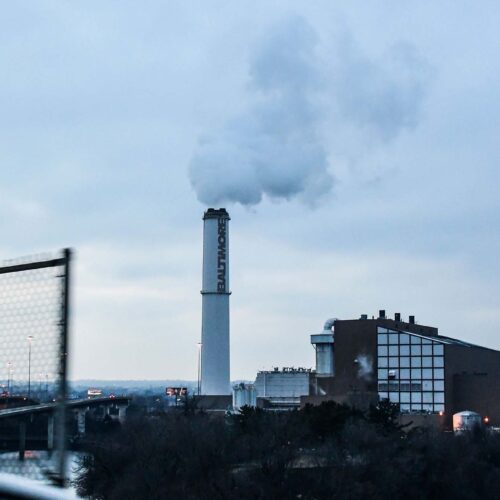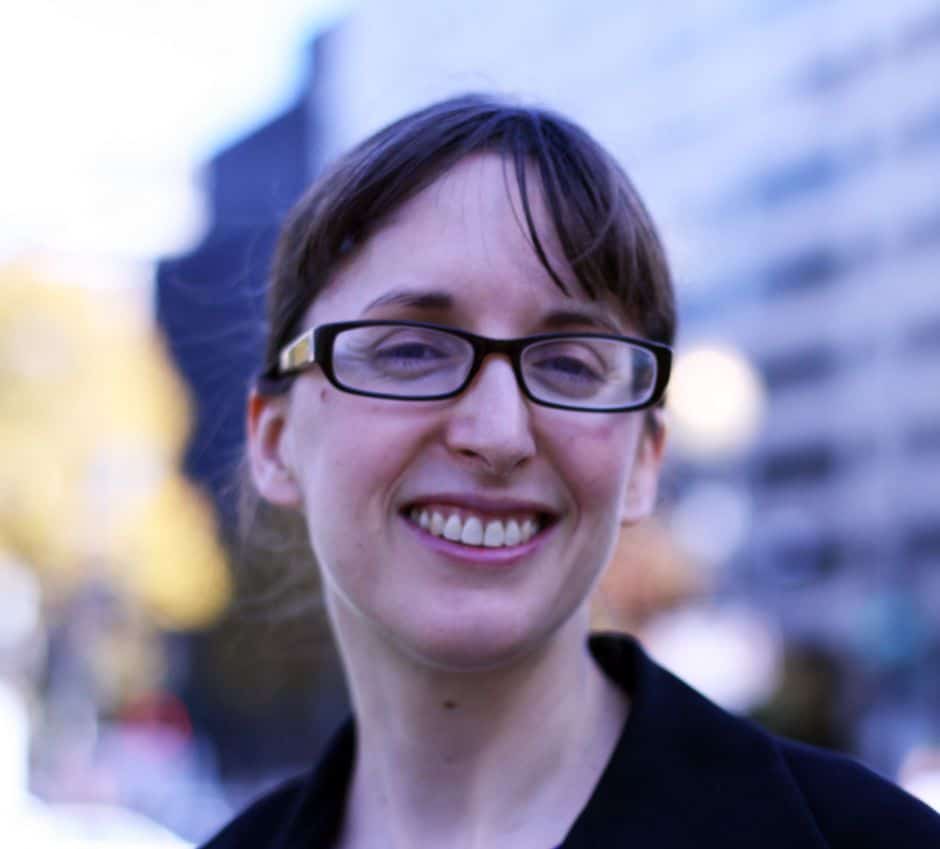Introduction
For four years, the Trump administration’s rollbacks of environmental protections fell hardest on communities of color and low-income neighborhoods — places that have long borne the brunt of pollution. But even before that, the federal government’s efforts to combat environmental injustices were often spotty and weak.
That may be changing.
President Joe Biden pledged as a candidate to prioritize these issues, and one of his early executive orders directed all federal agencies “to address the disproportionate health, environmental, economic, and climate impacts on disadvantaged communities.” The order launched interagency and advisory White House councils to coordinate this work, and it set new goals for federal investment.
The Center for Public Integrity talked to Robert Bullard of Texas Southern University — often called the “father of environmental justice” for his decades-long work in this area — about his hopes and concerns coming off four years of deregulation. Bullard, whose books include Dumping In Dixie, is co-chair of the National Black Environmental Justice Network.
Q: What do you see as the most important actions that Congress and the Biden administration can take on environmental justice?
The first thing is to get the nominees confirmed for the various positions, whether in EPA or CEQ [Council on Environmental Quality], Interior, Department of Energy, Transportation, where environmental justice and climate justice issues are writ large. And I think after those confirmations have been made, to really hit the ground running, because … the threats are converging right now with COVID, with high unemployment, especially in those communities of color and low-income communities. Issues around energy and transportation and housing. So I think the administration really has to take an interagency approach.
But we can’t just take baby steps. We have to make transformative changes right now because so much has been broken. We have to fix a lot of things at the same time.
Q: Is this a new Reconstruction era, in your opinion?
We had a second Reconstruction during the Civil Rights movement. … This is more like a third Reconstruction.
Like during the first Reconstruction, there were white people who were convinced that if we gave Black people the vote and opportunity, that we were going to take something from them. That we were going to lose the soul of the country. That whole lost-cause thinking has come back and has somehow captured the hearts and minds of a whole lot of people.
When we look at what happened [Jan. 6] and we see that mentality, you see that anger and you see that violence, you look at those videos and you think, “How did we go so wrong over these many years, and it’s been building up?” We have to resist those kinds of teachings because America is big enough and is rich enough to have a country [in which] people can live healthy and sustainable lives.
We could do much better. We need to do much better. All these issues were on the ballot, and the majority of the population said, “Let’s deal with these justice and fairness and equity issues.”
We can’t do this work without your support.
Q: One of Biden’s promises is to overhaul the EPA’s civil rights office. My newsroom investigated that office and found in 2015 that in its history of handling environmental discrimination complaints, it had never made a formal finding of a violation. (It was reorganized the next year.) What needs to happen for this office to do its job?
The Office of Civil Rights at EPA has never met a complaint that it saw as discrimination. That’s historic. Because that office was never set up to process environmental complaints — that office was set up to process discrimination complaints within the EPA.
They were trying to work it out … but it has never been an agency that’s been [firing on all cylinders]. Some of the most egregious environmental justice civil-rights complaints, they sat in boxes. Some of them had been around since the 1990s. I worked with communities that had been just waiting, waiting, waiting. You’re waiting for justice, and communities are getting sick and some people are dying.
Strong civil-rights enforcement [is the key]. That’s what we need. … In many cases, the only thing that stands between pollution and fenceline communities is enforcement.
Force states and industries to follow the law. When those laws are insufficient, … we should strengthen those laws to protect public health. I don’t see why this is so controversial.




Join the conversation
Show Comments